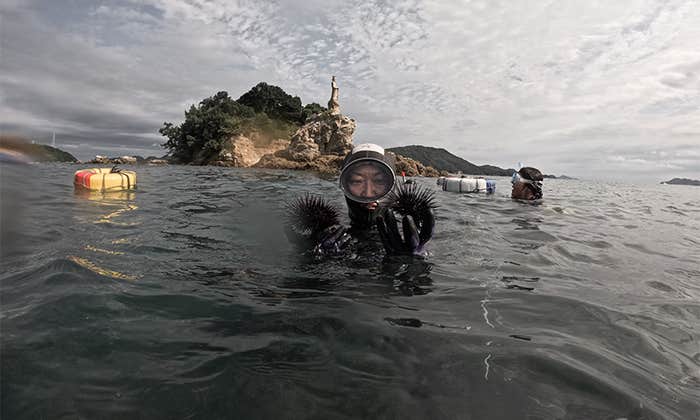
Why should the share of women in a given occupation affect its average pay? It’s a curious inverse relationship. Census data show that when the former increases, the latter decreases—when certain occupations see large influxes of female labor, they start paying less. Science isn’t immune. Between 1950 and 2000, fields ranging from recreation (such as working in parks) to biology saw wages drop as more women joined them.
Gender biases go a long way to explaining this correlation. One 2012 study found that when science faculty—both men and women—reviewed applications, they gave lower ratings and starting salaries for female applicants, even though all applications were identical save for the names.
“Women aren’t welcome.”
It’s entrenched behavior such as this that makes Hope Jahren, a geobiologist at the University of Hawai’i at Mānoa, “very cynical about efforts to get girls into science.” That was her response, in her Nautilus Ingenious interview last year, when we asked whether she thought the scientific establishment is making a sincere effort to include women. She explained that “we’re talking about the issue on such a superficial level. ‘Do girls have the right dolls to play with when they’re little?’ ‘Do we have the right people on TV as role models?’”
The role of women, she said, is a much deeper issue. “I think wherever you look in the world, you see a field or an endeavor that’s not got women in it. You can ask yourself: Why aren’t there women there? And the answer is always the same: It’s because women aren’t welcome.”
Her remarks are worth returning to in light of a new report, published earlier this month, which examines gender representation in scientific, technological, engineering, and mathematical fields and disciplines in a dozen countries over the past two decades. Although the overall proportion of female researchers has grown since the 1990s, this progress has been uneven. Take geography: Leading the pack is Brazil, where women author 49 percent of scientific papers. In the United States, that number is 40 percent. And in Japan (the only nation studied where women publish more papers on average than men) it’s a mere 20 percent. Generally speaking, women are well-represented in life and health sciences, but men dominate the physical sciences; men are more likely than women to be a lead author on an engineering paper, while the opposite is true for nursing.
“One of our most poignant findings was that we need to be careful about making sweeping generalizations when talking about gender inequality,” says Holly Falk-Krzesinski, the Vice President of Strategic Alliances and Global Academic Relations at the scientific publishing giant Elsevier, which produced the report. “What works for one country might not work for others. There’s no doubt that we want to see Brazil continue to make strides, but different things have to happen in, say, Japan or Chile.”
Or the United States. In Jahren’s words, “It’s the dynamics between men and women in the marketplace and in the classroom and in society as a whole. Those fundamental truths of how we’ve constructed society bleed into every endeavor that we’ve organized. Science is merely one of many, many endeavors that carries that curse…Nobody wants to seem to tackle the fact that maybe we’re already invested in a much larger system that counts on the fact that we need to usher some people into more lucrative labor than others.”

Jordana Cepelewicz is an editorial fellow at Nautilus.




















